
How to Use GSM SIM800L: Examples, Pinouts, and Specs
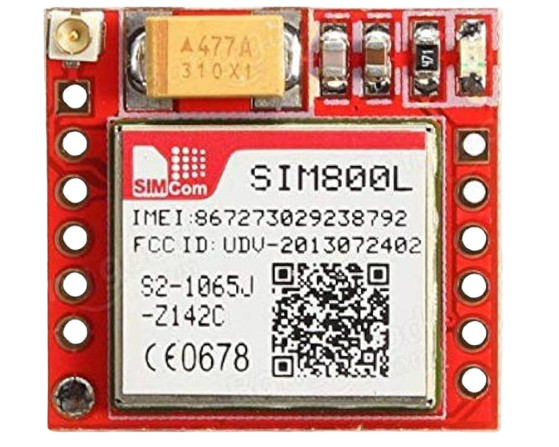
 Design with GSM SIM800L in Cirkit Designer
Design with GSM SIM800L in Cirkit DesignerIntroduction
The SIM800L is a compact GSM/GPRS module manufactured by SIMCOM. It enables devices to communicate over mobile networks, supporting functionalities such as sending and receiving SMS, making voice calls, and connecting to the internet via GPRS. Its small size and low power consumption make it ideal for IoT applications, remote monitoring systems, and embedded projects.
Explore Projects Built with GSM SIM800L
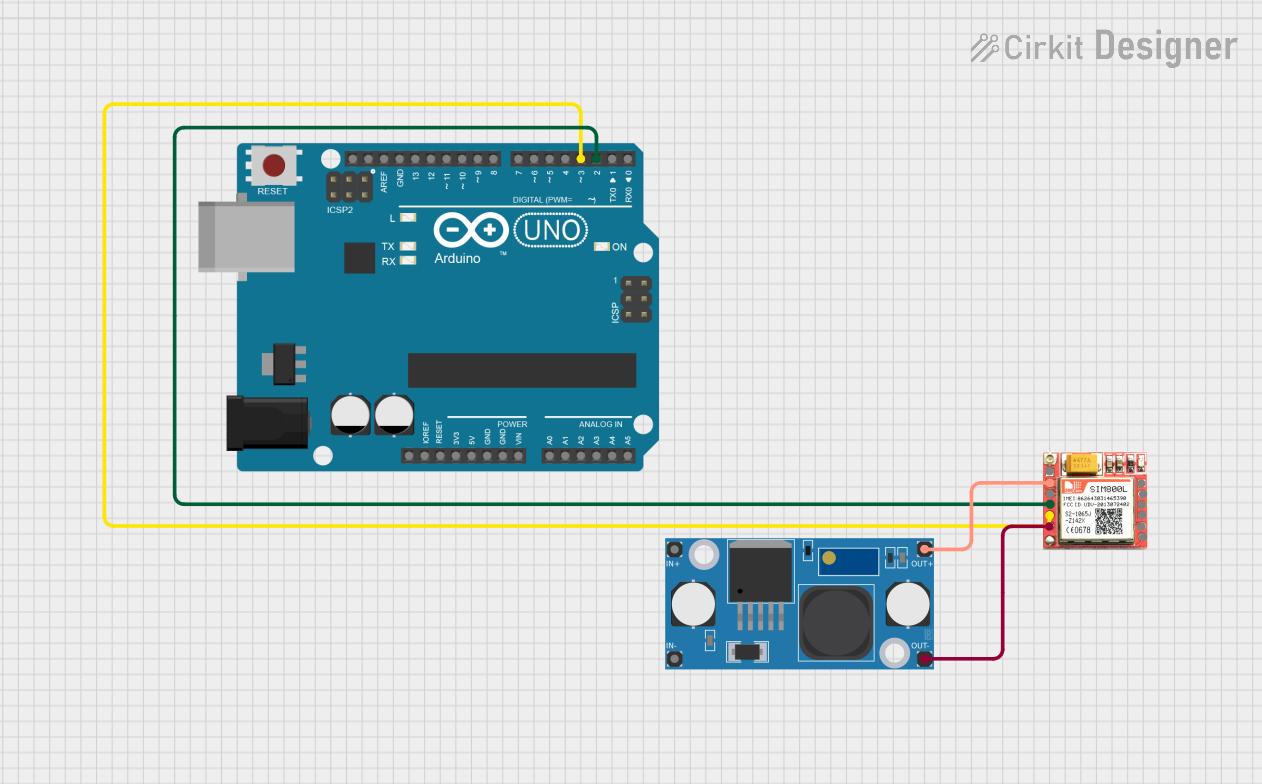
 Open Project in Cirkit Designer
Open Project in Cirkit Designer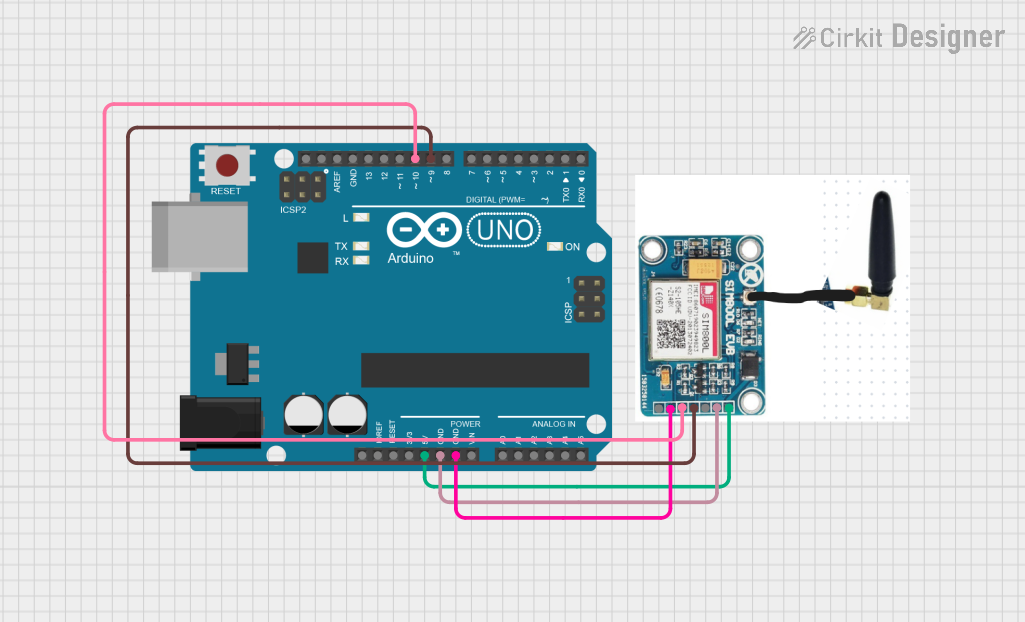
 Open Project in Cirkit Designer
Open Project in Cirkit Designer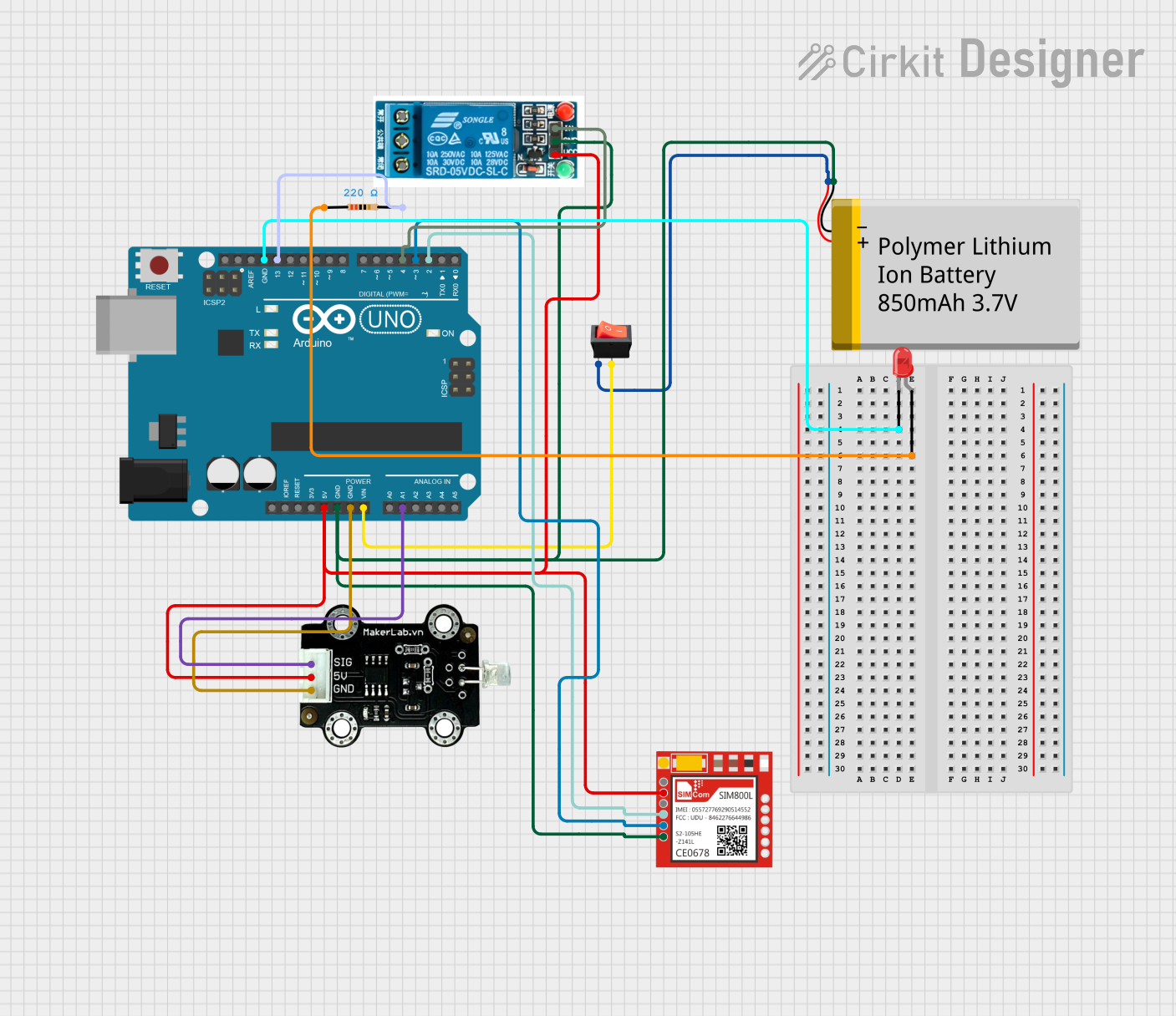
 Open Project in Cirkit Designer
Open Project in Cirkit Designer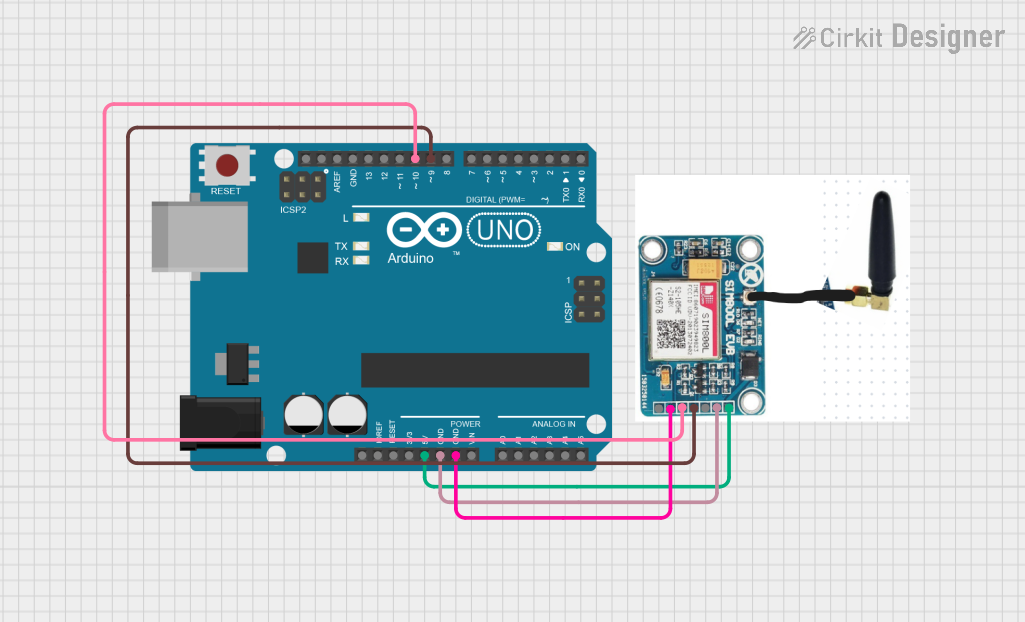
 Open Project in Cirkit Designer
Open Project in Cirkit DesignerExplore Projects Built with GSM SIM800L

 Open Project in Cirkit Designer
Open Project in Cirkit Designer
 Open Project in Cirkit Designer
Open Project in Cirkit Designer
 Open Project in Cirkit Designer
Open Project in Cirkit Designer
 Open Project in Cirkit Designer
Open Project in Cirkit DesignerCommon Applications
- IoT devices for remote data transmission
- Home automation systems
- GPS tracking and vehicle monitoring
- SMS-based alert systems
- Voice communication in embedded systems
Technical Specifications
The SIM800L module is designed to operate efficiently in a variety of environments. Below are its key technical details:
General Specifications
| Parameter | Value |
|---|---|
| Manufacturer | SIMCOM |
| Module Name | SIM800L |
| Network Support | GSM/GPRS (850/900/1800/1900 MHz) |
| GPRS Class | Class 12 |
| Power Supply Voltage | 3.4V - 4.4V |
| Operating Current | ~20mA (idle), ~200mA (active) |
| Peak Current | ~2A |
| Operating Temperature | -40°C to +85°C |
| Dimensions | 25mm x 23mm x 3mm |
Pin Configuration
The SIM800L module has several pins for power, communication, and control. Below is the pinout description:
| Pin Name | Pin Number | Description |
|---|---|---|
| VCC | 1 | Power supply input (3.4V - 4.4V) |
| GND | 2 | Ground |
| RXD | 3 | UART Receive pin (connect to TX of microcontroller) |
| TXD | 4 | UART Transmit pin (connect to RX of microcontroller) |
| RST | 5 | Reset pin (active low) |
| NET | 6 | Network status LED output |
| ANT | 7 | Antenna connection |
Usage Instructions
Connecting the SIM800L to a Microcontroller
To use the SIM800L module, follow these steps:
- Power Supply: Ensure a stable power supply of 3.7V to 4.2V. Use a capacitor (e.g., 1000µF) near the module to handle peak current demands.
- Antenna: Connect an external antenna to the ANT pin for better signal reception.
- SIM Card: Insert a micro SIM card into the module's SIM slot.
- UART Communication: Connect the RXD and TXD pins to the TX and RX pins of your microcontroller, respectively. Use a level shifter if your microcontroller operates at 5V logic.
- Reset: Optionally, connect the RST pin to a GPIO pin of your microcontroller for manual or software-controlled resets.
Example: Using SIM800L with Arduino UNO
Below is an example of how to send an SMS using the SIM800L module and an Arduino UNO:
#include <SoftwareSerial.h>
// Define RX and TX pins for SoftwareSerial
SoftwareSerial SIM800L(10, 11); // RX = 10, TX = 11
void setup() {
// Initialize serial communication
Serial.begin(9600); // For debugging
SIM800L.begin(9600); // For SIM800L communication
// Wait for the module to initialize
delay(1000);
Serial.println("Initializing SIM800L...");
// Send AT command to check communication
SIM800L.println("AT");
delay(1000);
if (SIM800L.available()) {
Serial.println("SIM800L is ready!");
} else {
Serial.println("No response from SIM800L.");
}
// Send SMS
sendSMS("+1234567890", "Hello from SIM800L!");
}
void loop() {
// Nothing to do in the loop
}
void sendSMS(String phoneNumber, String message) {
// Set SMS mode to text
SIM800L.println("AT+CMGF=1");
delay(1000);
// Set recipient phone number
SIM800L.print("AT+CMGS=\"");
SIM800L.print(phoneNumber);
SIM800L.println("\"");
delay(1000);
// Send the message
SIM800L.print(message);
delay(1000);
// End the message with Ctrl+Z (ASCII 26)
SIM800L.write(26);
delay(5000);
Serial.println("SMS sent!");
}
Best Practices
- Use a dedicated power supply for the SIM800L to avoid voltage drops.
- Place the module in an area with good network coverage.
- Use proper decoupling capacitors to stabilize the power supply.
- Avoid using long wires for the antenna to minimize signal loss.
Troubleshooting and FAQs
Common Issues and Solutions
Module Not Responding to AT Commands
- Ensure the power supply voltage is within the recommended range (3.4V - 4.4V).
- Check the connections for RXD and TXD pins.
- Verify that the SIM card is properly inserted and activated.
Frequent Restarts or Unstable Operation
- Use a capacitor (e.g., 1000µF) near the VCC and GND pins to handle peak current.
- Ensure the power supply can provide at least 2A of current.
No Network Connection
- Check the antenna connection and ensure it is securely attached.
- Verify that the SIM card has sufficient balance and supports GSM networks.
- Place the module in an area with good signal strength.
SMS Not Sending
- Ensure the SIM card is not locked with a PIN.
- Verify the recipient's phone number format (e.g., include the country code).
FAQs
Q: Can the SIM800L work with a 5V microcontroller?
A: Yes, but you need a level shifter for the RXD pin to avoid damaging the module, as it operates at 3.3V logic.
Q: What is the maximum data rate for GPRS?
A: The SIM800L supports a maximum GPRS data rate of 85.6 kbps.
Q: Can the SIM800L make voice calls?
A: Yes, the module supports voice calls using AT commands.
Q: How do I check the signal strength?
A: Use the AT command AT+CSQ. The module will return a signal strength value (e.g., +CSQ: 20,0).
By following this documentation, you can effectively integrate the SIM800L module into your projects and troubleshoot common issues.